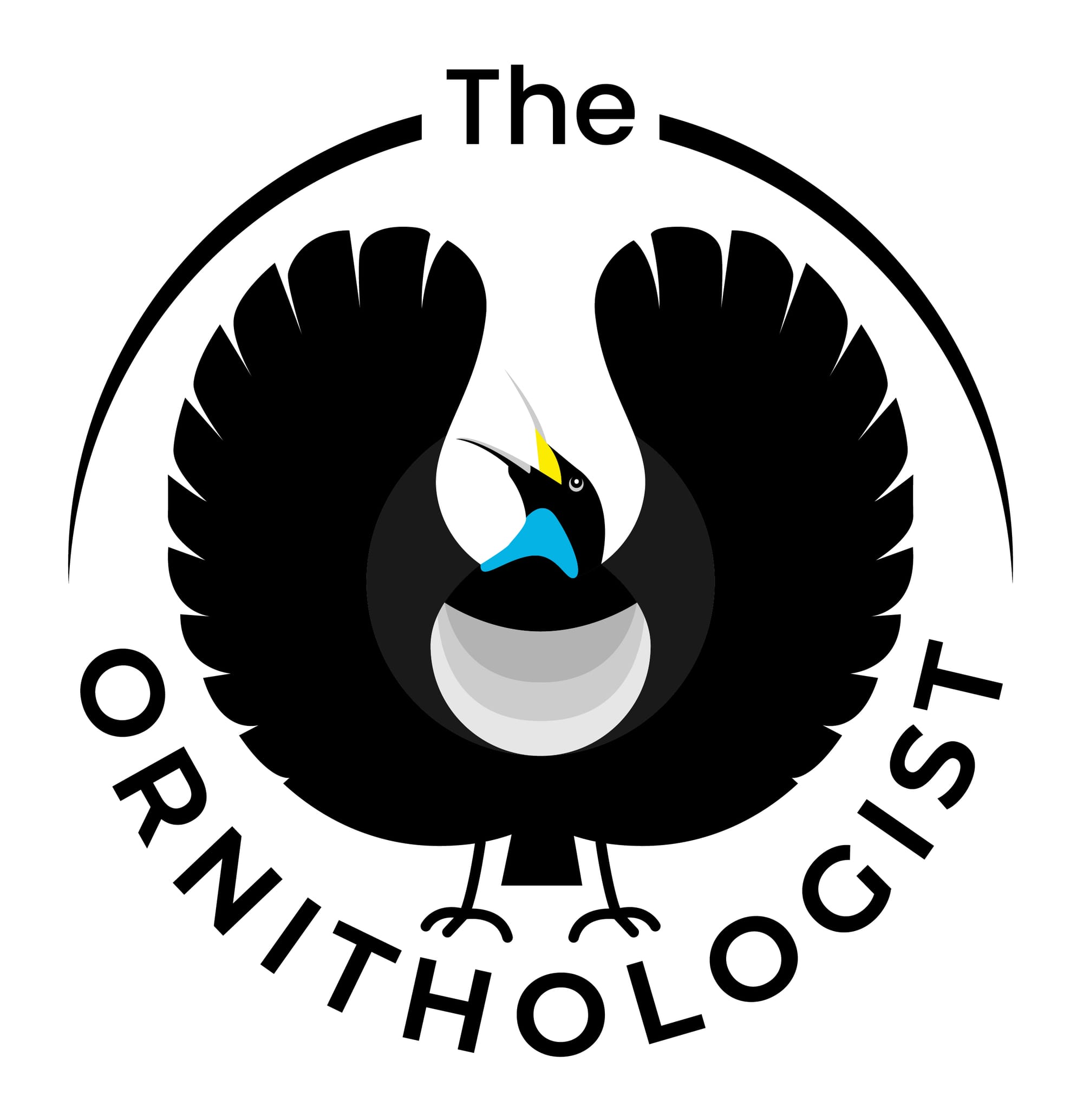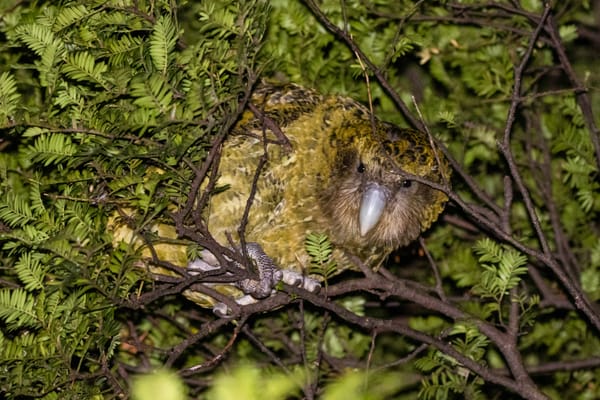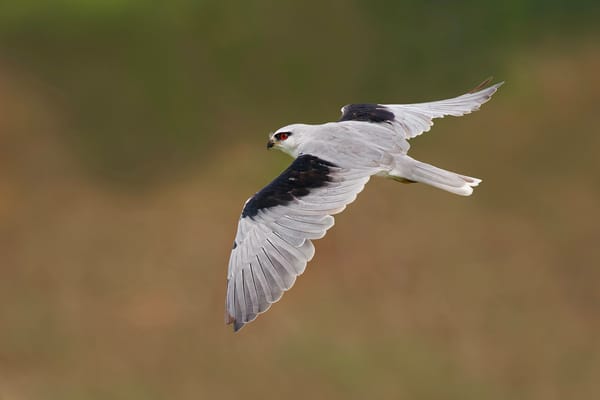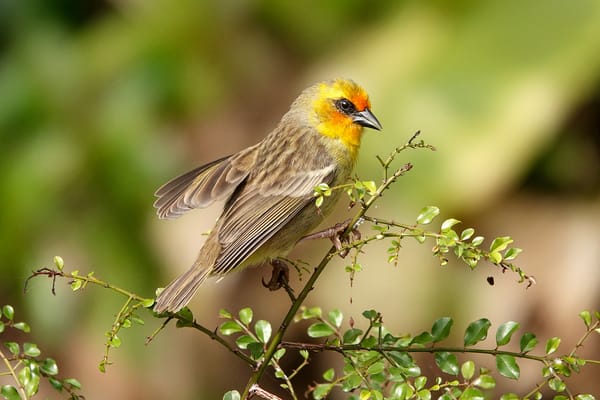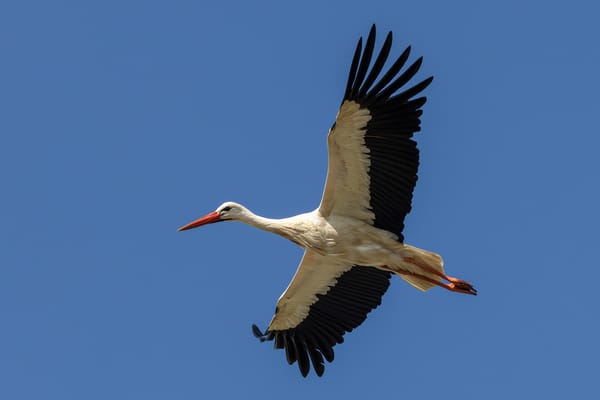A violent hailstorm that struck the Coastal Bend of Texas on 1 November delivered a rare and devastating blow to local bird populations. Updated assessments from the Harte Research Institute indicate that nearly 1,900 birds were killed or severely injured, with Brown Pelicans making up the vast majority of the casualties.

Researchers recorded approximately 1,860 affected birds, including around 1,484 Brown Pelicans. While the storm primarily hit coastal waterbirds, smaller numbers of land-based species such as woodpeckers and falcons were also found among the dead and injured. Field teams described the scale of the event as highly unusual, driven by the combination of a dense coastal colony and a storm that produced consistently large hailstones.
Drone-based surveys were used to map the impact zones, while rehabilitation teams on the ground captured and transferred hundreds of injured birds for treatment. More than 390 individuals have so far been taken to the Amos Rehabilitation Keep in Port Aransas, though many showed severe trauma consistent with high-velocity hail impacts.


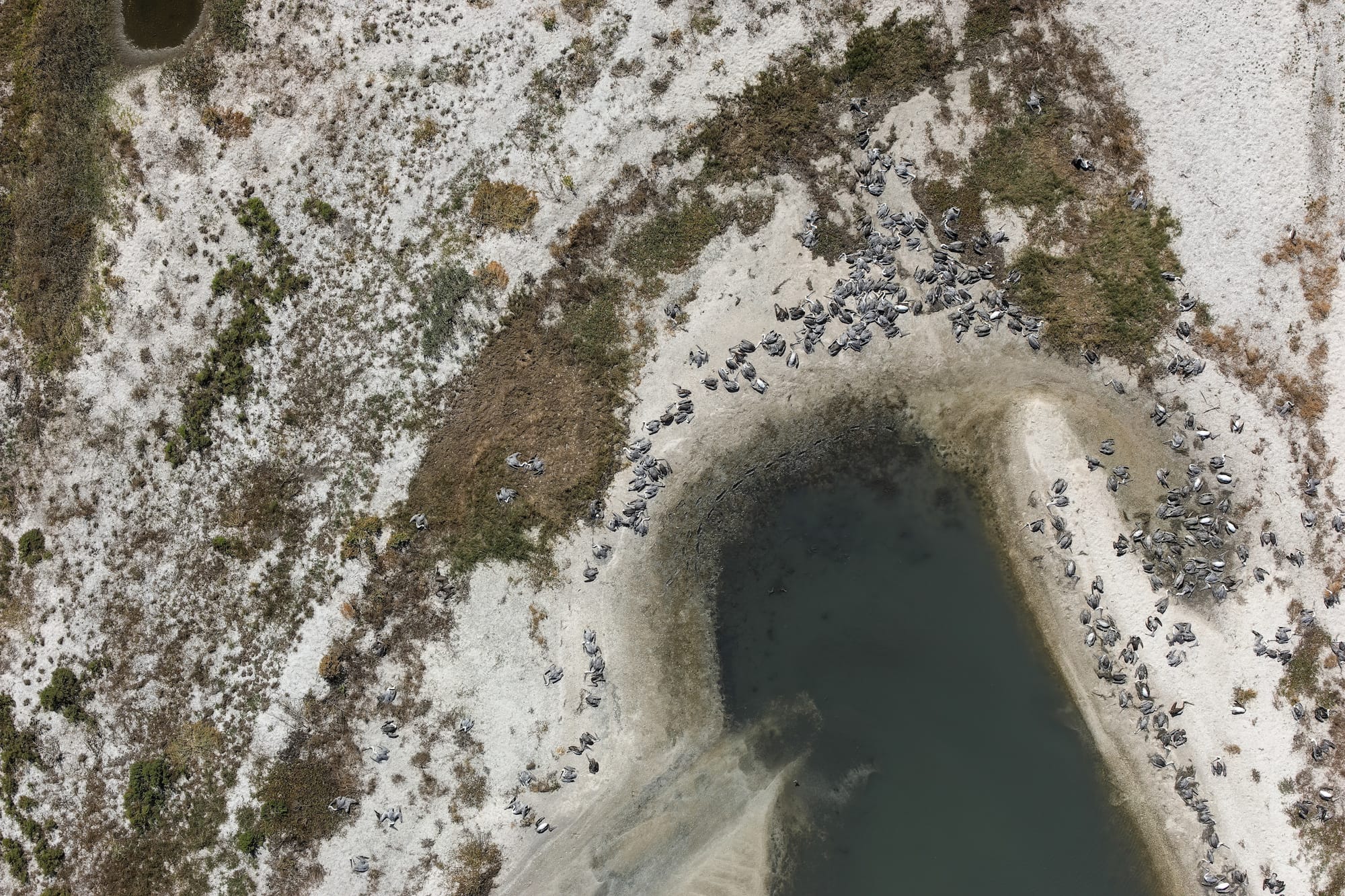
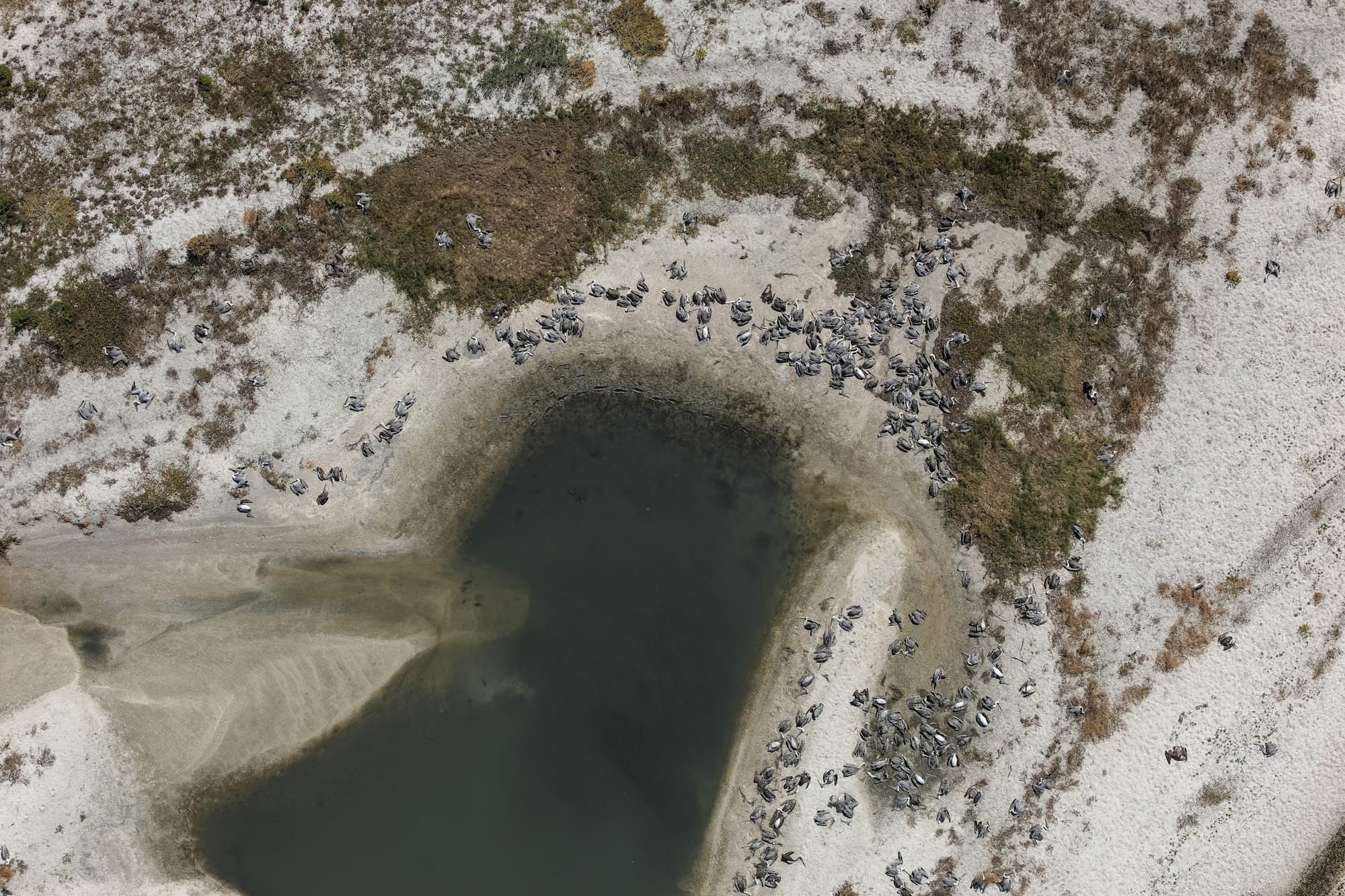
Aerial survey photographs document the scale of the mortality event, from close views of fallen Brown Pelicans to high-altitude perspectives showing the extent of the impacted coastal habitat. © Harte Research Institute
Scientists note that while this single event may not alter long-term population trends for abundant species, it highlights the vulnerability of coastal bird colonies to extreme weather. The incident also adds to growing concern about how increasingly erratic storm patterns may influence wildlife survival in the Gulf region.

